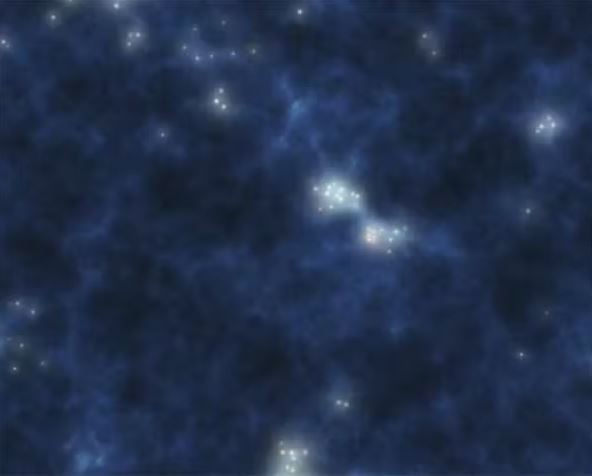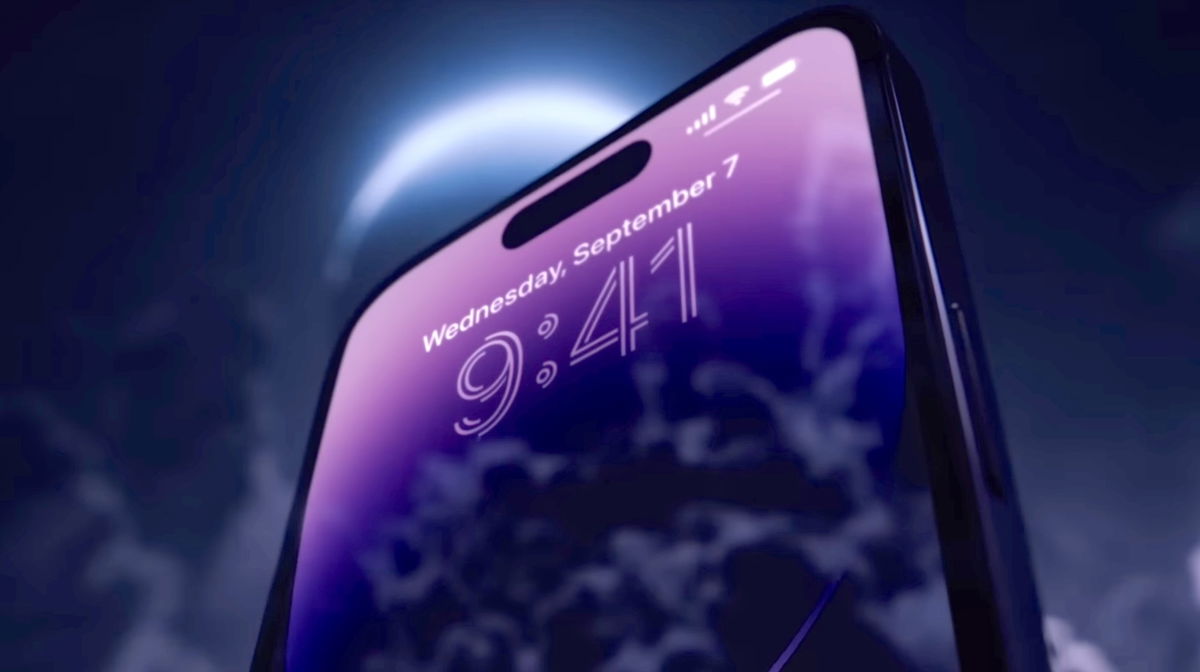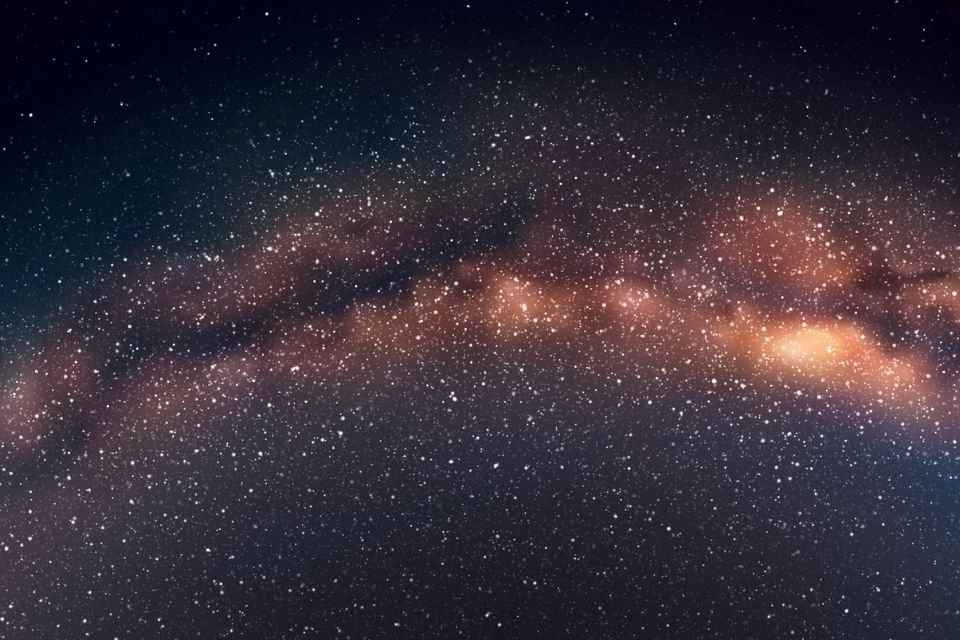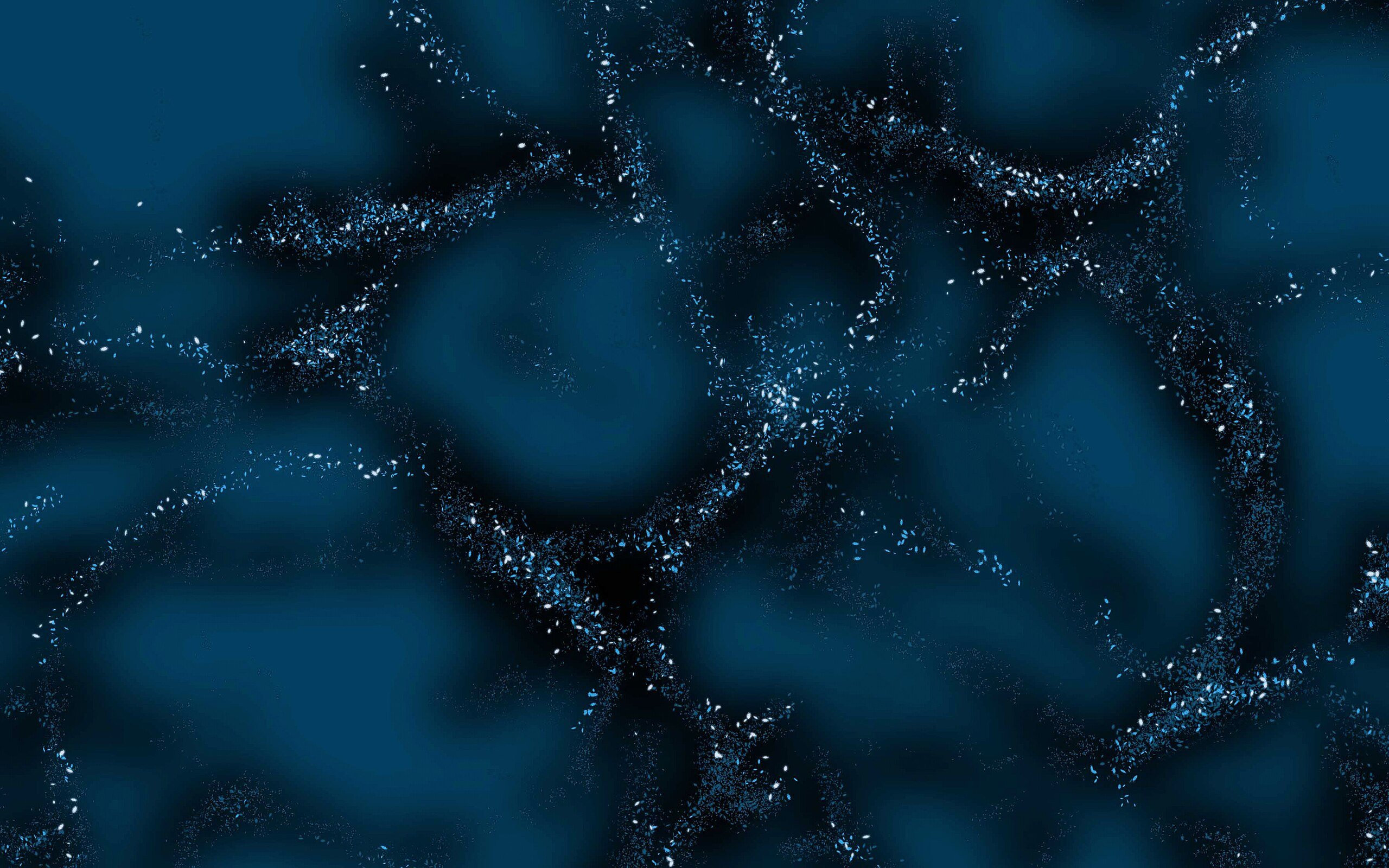In a study conducted at the University of California (UCLA) in the United States, a team of scientists Confirmed existence of the faintest galaxy known to humanity, named JD1. Data collected by the James Webb Space Telescope (JWST) indicate that the galaxy was observed only 480 million years after the Big Bang began.
The galaxy is one of the faintest galaxies precisely because it is one of the most distant galaxies observed by space telescopes with different characteristics. Like the fog of hydrogen atoms that emerged after the Big Bang. Science explains that stars, galaxies and other cosmic objects that emerged hundreds of millions of years after the Big Bang are responsible for ‘burning’ hydrogen fog, so hydrogen fog is only detected in the farthest reaches of Earth.
Astronomers generally classify the universe’s first billion years as the age of reionization, when this fog is burning. The study, published in the scientific journal Nature, suggests that: The data may help to better understand this period, but it highlights that it is still necessary to observe other cosmic objects from the same period.
“The universe we live in is transparent, with light from stars and galaxies shining against a backdrop of light and dark. But that wasn’t always the case – in its early years the universe was filled with a haze of hydrogen atoms that blocked the light of the first stars and galaxies,” explains one of the study’s authors and a postdoctoral fellow in Astrophysics at the University of California, Guido Roberts-Borsani, in a paper published on the website. Speech.
The faintest galaxy in the universe
Roberts-Borsani explains that telescopes with infrared instruments such as the JWST and others in development are essential for observing the most distant galaxies in the universe, such as JD1. This happens because of the redshift, because the farther and closer objects are to the start of the Big Bang, the more redshifted the light is.

Using data from Webb’s near-infrared spectrograph (NIRSpec), the scientists determined the distance from Earth, the number of young stars forming, and the amount of heavy elements and cosmic dust produced in the region. Anyway, The researchers explain that they were only able to visualize the galaxy due to the gravitational lensing caused by the Abell 2744 galaxy cluster. – gravity lenses work like a cosmic magnifying glass, so they helped magnify JD1’s light.
“This not only means that as astronomers we can study the interiors of early galaxies, but also that we can begin to determine whether these early galaxies were small, compact, isolated sources, or whether they were merging and interacting with nearby galaxies. By studying these galaxies, we can identify the building blocks that shaped the universe and reveal our cosmic home.” We’re tracking it.”
Keep up with the latest discoveries from the James Webb Space Telescope at TecMundo and discover 5 fascinating facts about the Big Bang theory.
Source: Tec Mundo
I’m Blaine Morgan, an experienced journalist and writer with over 8 years of experience in the tech industry. My expertise lies in writing about technology news and trends, covering everything from cutting-edge gadgets to emerging software developments. I’ve written for several leading publications including Gadget Onus where I am an author.












